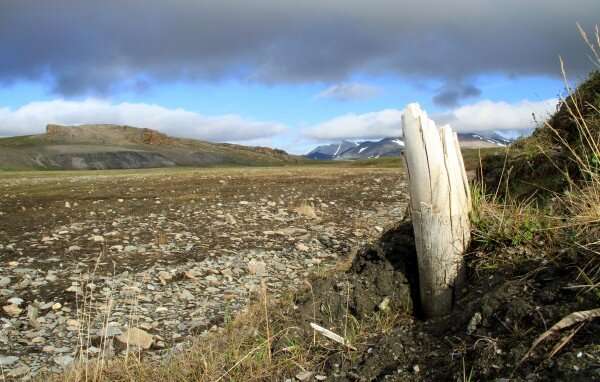
During the course of the mammoth's evolution, a number of genes have been affected by deletions or short inserts. Their findings have implications for international efforts to resurrect extinct species. The study was published in the journal iScience by researchers at the Centre for Palaeogenetics in Sweden.
Crispr-Cas9 is a genome editing technique that can be used to insert key genes from an extinct species into a living relative's genome. According to the results of the new study, it is possible to remove certain genes to preserve important biological traits.
"Editing the genome of a living species to mimic that from an extinct relative was never going to be easy, and these new findings certainly illustrate the complexity and difficulties that lie ahead," says Love Dalén.
Two new genomes from the last ice age are compared with a total of 33 previously published genomes from mammoths, Asian elephants and African elephants.
The function of a gene will be affected if it is lost. The genes can be made unreadable by frame shift. More than three million letters in the genetic code are missing from the mammoth's genome. The researchers found that most of these didn't occur within genes and that they had a negative impact on mammoth viability.
84 genes have been affected by deletions and 3 have been affected by short inserts. The structural changes likely had a significant impact on the function of these genes and might have contributed to some of the unique adaptations of the woolly mammoth.
The change in function in these genes may have been important in the evolution of mammoths. Several genes regulate body size and cold tolerance. The development of these adaptive traits can be affected by the loss of certain genes.
The genes that have been affected are related to classic woolly mammoth features such as fur growth and hair shape, fat deposition, and ear shape.
More information: Tom van der Valk et al, Evolutionary consequences of genomic deletions and insertions in the woolly mammoth genome, iScience (2022). DOI: 10.1016/j.isci.2022.104826 Journal information: iScience